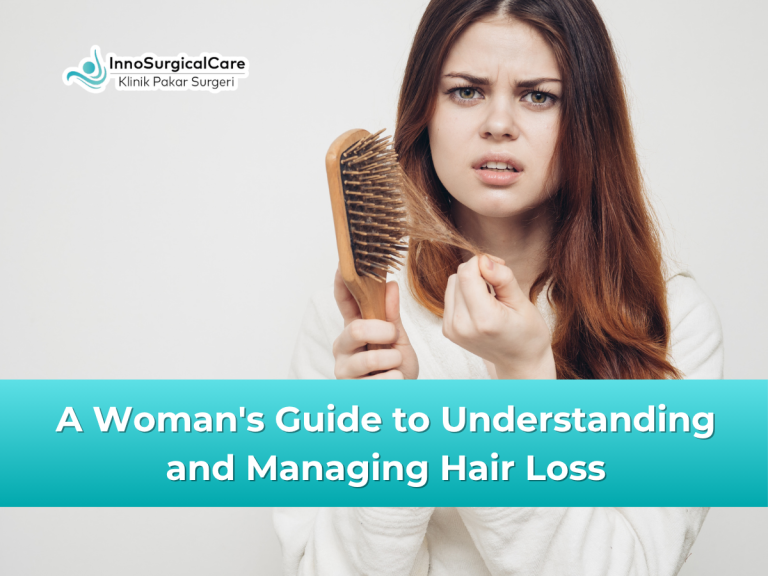
Hair loss, a concern often associated with men, is a significant issue for a large number of women. It can be a distressing experience, impacting self-esteem and confidence. This guide offers a comprehensive overview of hair loss in women, exploring its causes, types, and the various treatment options available.
The most common indicator of hair loss is a noticeable increase in the amount of hair shed daily. While it’s normal to lose between 50 and 100 hairs a day, a significant increase can be a cause for concern. Other signs to watch for include:
Gradual thinning: This often starts at the part line, which may gradually widen.
Patchy bald spots: Circular or patchy bald spots may appear on the scalp.
Receding hairline: A receding hairline, particularly at the temples, can also be a sign of hair loss.
Reduced ponytail volume: A noticeably thinner ponytail is a common complaint.
A variety of factors can contribute to hair loss in women. Understanding the underlying cause is the first step towards effective management.
Genetics: Female pattern hair loss, also known as androgenetic alopecia, is the most common cause of hair loss in women and is hereditary.
Hormonal Changes: Fluctuations in hormone levels due to pregnancy, childbirth, menopause, or thyroid problems can trigger hair loss.
Medical Conditions: Certain medical conditions like alopecia areata, an autoimmune disorder that causes patchy hair loss, and scalp infections can lead to hair loss.
Medications: Some medications, including those for cancer, arthritis, depression, and high blood pressure, can have hair loss as a side effect.
Stress: Significant physical or emotional stress can lead to a temporary type of hair loss called telogen effluvium.
Nutritional Deficiencies: A lack of essential nutrients like iron, zinc, and certain vitamins can impact hair health.
Hair Styling and Treatments: Harsh hair treatments, tight hairstyles that pull on the hair follicles, and excessive heat styling can contribute to hair damage and loss.
If you are experiencing persistent hair loss, it is advisable to consult a healthcare professional or a dermatologist. They can help diagnose the cause of your hair loss through a physical examination, blood tests to check for nutritional deficiencies and hormonal imbalances, and sometimes a scalp biopsy.
The treatment for female hair loss depends on the underlying cause. Some of the common approaches include:
Topical Treatments: Over-the-counter minoxidil (Rogaine) is a widely used topical treatment that can help slow hair loss and promote new growth.
Oral Medications: For certain types of hair loss, doctors may prescribe oral medications like spironolactone or finasteride.
Hormone Therapy: In cases of hormone-related hair loss, hormone replacement therapy may be recommended.
Nutritional Supplements: If a nutritional deficiency is identified, your doctor may recommend supplements.
Lifestyle and Hair Care: Adopting a gentle hair care routine, avoiding harsh treatments, and managing stress can help prevent further hair loss. A healthy diet rich in vitamins and minerals is also crucial.
Advanced Procedures: In some cases, procedures like hair transplantation may be an option.
Living with hair loss can be challenging, but understanding the causes and available treatments can empower you to manage the condition effectively. If you are concerned about hair loss, seeking professional advice is the best first step towards a solution.